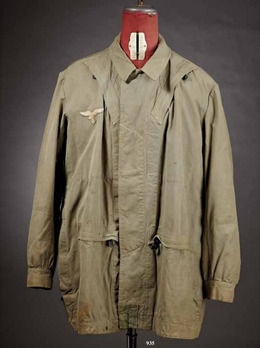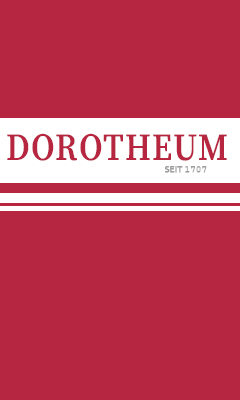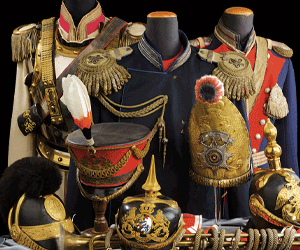Luftwaffe Paratrooper Smock
SKU: 22.GOR.02.01.02.003
Estimated market value:

Estimated market value:
Attributes
History
The German Wehrmacht was composed of three main branches, the Heer, the Kriegsmarine, and the Luftwaffe. The Heer and Kriegsmarine uniforms were based upon the designs utilized by their predecessor organizations, the Deutsches Heer and the Kaiserliche Marine. Conversely, the Luftwaffe uniforms were based upon the uniforms worn in the sports and para-military organizations that were the forerunners of the Luftwaffe. The Luftwaffe uniforms were specifically designed to deviate from the designs of the other Wehrmacht service branches. It was also necessary that the uniforms differentiate between military and civilian pilots.
There were two main organizational precursors of the Luftwaffe, the German Air Sports Association (DLV or Deutscher Luftsportverband), and the National Air Raid Protection League (RLB or Reichs Luftschutzbund). The DLV included both a civilian group and a secret military sub-group called the DLV-Fliegerschaft (Pilot Base).
The DLV and the RLB were officially founded in 1933, and they were used to secretly train members for future roles in the Luftwaffe. The DLV became obsolete after Hitler’s official introduction of the Luftwaffe in 1935, and it was disbanded in 1937.
The Paratrooper Smock (Fallschirmschützenbluse) was worn exclusively by paratrooper personnel, and it is also known as the Jump Smock.
The smock was introduced in 1938, for wear during jump training. This design was awkward and unwieldy, and it was altered to increase efficiency in late 1939, and again in 1940. Thus there are three main models of the Luftwaffe jump smock, the 1st model, the 2nd model, and the 3rd model.
The 1st model jump smock was issued in 1938 and was only used for training activities. It is composed of spotted green material, with a double zipper front closure, short step-in legs, stand-up collar, and no pockets. The double zippers extend from the neck to the bottom of each leg.
The 2nd model smock was introduced in 1939. These smocks are made of waterproof, olive-green gabardine, have a step-in design, with legs reaching the wearer’s mid-thigh, and a stand-up/fall-down collar. The front closure features a single zipper that is covered by a buttoned flap. This smock has three to four pockets, with two horizontal thigh pockets, and one or two diagonal breast pockets. Each pocket has a zipper closure covered by a rectangular flap. These smocks may also feature a breast eagle insignia and rank insignia. When present, the breast eagle is in the Luftwaffe pattern and located on the right breast. The rank insignia was in the form of flight clothing rank insignia and worn on both upper arms. There are also rare, late examples of the 2nd model smock composed in the Splinter “B” camouflage material.
The 3rd model smock was issued in 1940. This war-time design was meant to address the increasingly infantry focused role of Luftwaffe Paratroopers after the Battle of Crete and provide quick access to the equipment under the smock after landing. Therefore the 3rd model smocks are not step-in, but instead, feature snaps along the bottom of the smock seam which can be fastened to create short legs for jumping, and quickly unfastened afterward. As well, the back of the smock back features elements for storing useful infantry accouterments, such as a loop on the left for an entrenching tool, and a holster on the right for a flare pistol. These smocks are made from waterproof, Splinter “B” camouflage fabric and a covered front fly made of buttons or a zipper. This model features a maximum of six pockets, with two horizontal thigh pockets, two diagonal breast pockets, and two diagonal hip pockets. The thigh and breast pockets have a zipper covered with a rectangular flap, while the hip pockets have no zipper or flap cover. The 3rd model smocks may also feature a breast eagle on the right breast and rank insignia; it was less common to wear the rank insignia during the Second World War. The waistline of these smocks was adjustable, with cloth tabs and press-studs.
All smock models may be stamped with the Reich numbers (Reichsbetriebsnummer) (RB-), the size, and the date of manufacture on the interior lining.

Versions
N/A
This specific example has been tailored by the wearer to be shorter in length.
$2,000 USD
$2,800 USD


Comments
Sign in to comment and reply.


Scroll Top